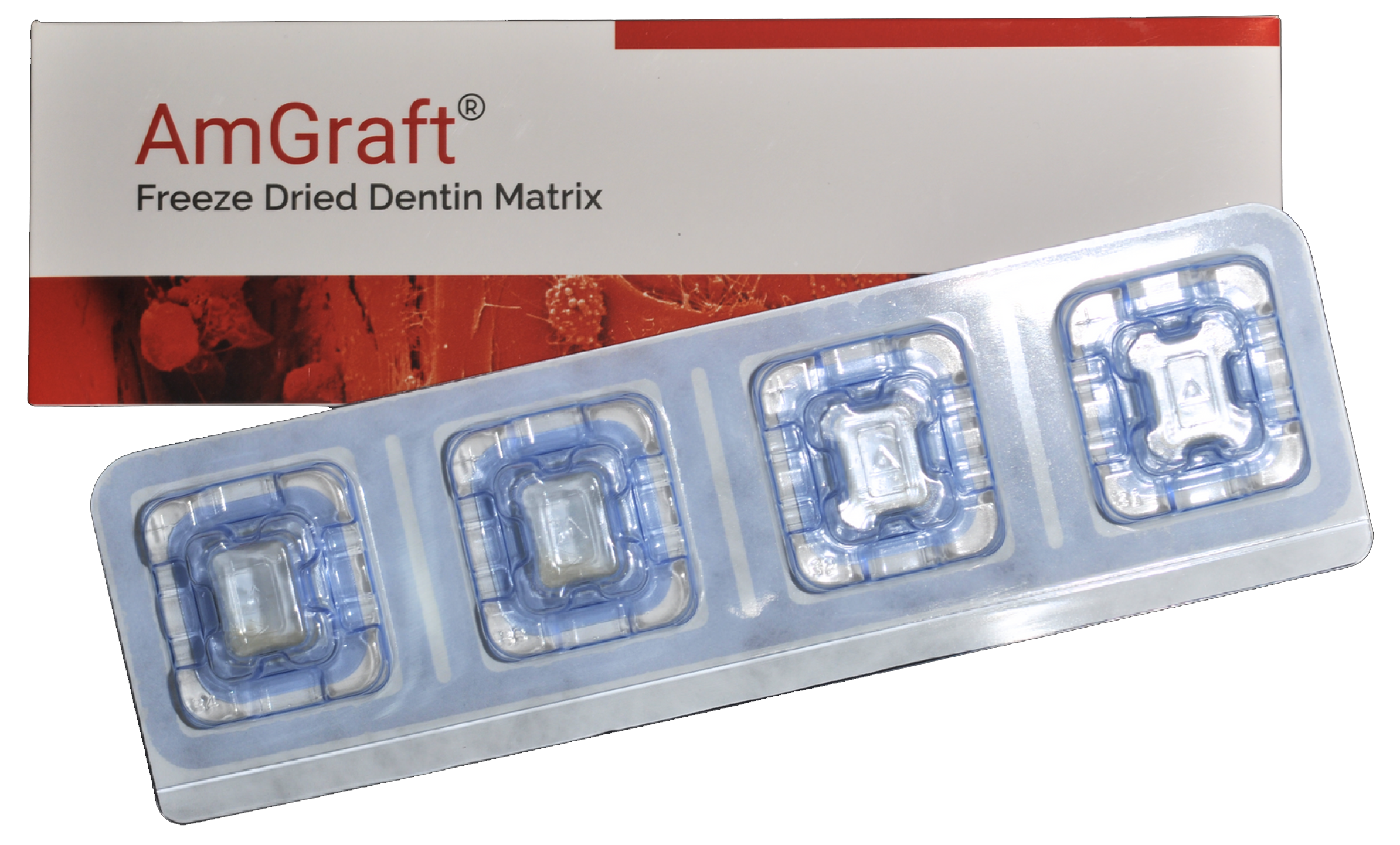HaptoTech ATRS
The field of regenerative medicine constantly pushes the boundaries of innovation to meet the complex challenges of bone repair and tissue regeneration. Traditional grafting materials, while functional to a degree, often fall short in achieving sufficient regeneration. In response to these limitations, HaptoTech ATRS has revolutionized tissue engineering with its proprietary ATRS (Advanced Tissue Regeneration System) technology.
This groundbreaking process has culminated in the creation of AmGraft®, a next-generation bone grafting material that enhances the natural regenerative potential of human dentin matrix (HDM), and establishes new benchmarks in bone regeneration and clinical efficiency.
Learn more





